XO Brandy – What Does It Mean?
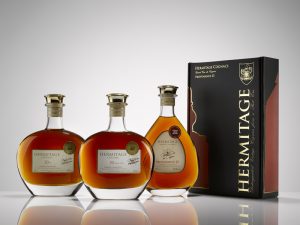 XO brandy, XO cognac. XO armagnac. Why is the term XO used so often when few of us actually know what it means? Originally, XO stood for Extra Old. In terms of age, up until 2018, an XO cognac had to be at least 6 years old but this was also the required minimum age of Napoleon Cognac. So, after decades of promising change, the controlling body of cognac, the BNIC, agreed to make the minimum barrel age of an XO cognac 10 years old. This is important because cognacs do not mature once they have been taken from their oak casks and placed in glass. Armagnac also stepped into line and now age their XO brandies for a minimum of ten years.
XO brandy, XO cognac. XO armagnac. Why is the term XO used so often when few of us actually know what it means? Originally, XO stood for Extra Old. In terms of age, up until 2018, an XO cognac had to be at least 6 years old but this was also the required minimum age of Napoleon Cognac. So, after decades of promising change, the controlling body of cognac, the BNIC, agreed to make the minimum barrel age of an XO cognac 10 years old. This is important because cognacs do not mature once they have been taken from their oak casks and placed in glass. Armagnac also stepped into line and now age their XO brandies for a minimum of ten years.
The problem with all this is that brandies, particularly cognacs, need to be in a barrel for much longer than ten years to reach optimum maturity, so an XO brandy is actually not very old. It should be noted that some of the smaller brandy houses keep their XO cognacs in the barrel for longer than the required minimum age in order to produce a more mellow, flavoursome product. More recently it has been recognised that a 10 year old cognac is not particularly old so another generic age statement has been introduced, it is called XXO. The minimum age for an XXO cognac (Extra Extra Old) is 14 years in an oak cask. Even this is not long enough for cognacs from the premier cru, Grande Champagne. They are the slowest of all brandies to mature and may take up to twice as long as cognacs from other crus, requiring 50 years or even more.
The term XO is widely misunderstood and even at ten years old some brandies are only just drinkable. At Hermitage Cognacs, we do not sell generic XO brandies. We prefer to offer an age statement on each one to help customers understand how long their brandy has matured in the cask.

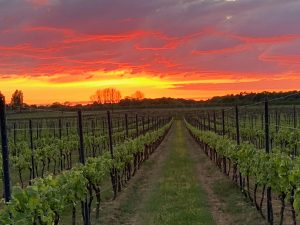 Around this time of the year (Summer 2020) we are anxiously looking at the weather to try and determine if we are going to have a good grape harvest in September. The vines are flowering well and every indication is that we will have a bumper harvest. But where are we going to store all the new cognacs when they are distilled? There is simply not enough room this year as coronavirus has dramatically reduced sales by the big houses. In an industry where America alone can take over a million cases a year, world sales so far in 2020 seem to have virtually halted, with a measly 1.5 – 2 million cases sold in the first quarter. According to one of our friends in Cognac, contract sales by the big houses have, over the years, spiralled up to around 90% of their output. This has enabled the large companies to place contract orders with producers for young cognacs which they buy and store in their own cellars. It now seems likely that some of the big names will have to renege on their contracts with the growers and producers due to lack of storage space. However, every cloud has a silver lining. The smaller,
Around this time of the year (Summer 2020) we are anxiously looking at the weather to try and determine if we are going to have a good grape harvest in September. The vines are flowering well and every indication is that we will have a bumper harvest. But where are we going to store all the new cognacs when they are distilled? There is simply not enough room this year as coronavirus has dramatically reduced sales by the big houses. In an industry where America alone can take over a million cases a year, world sales so far in 2020 seem to have virtually halted, with a measly 1.5 – 2 million cases sold in the first quarter. According to one of our friends in Cognac, contract sales by the big houses have, over the years, spiralled up to around 90% of their output. This has enabled the large companies to place contract orders with producers for young cognacs which they buy and store in their own cellars. It now seems likely that some of the big names will have to renege on their contracts with the growers and producers due to lack of storage space. However, every cloud has a silver lining. The smaller, 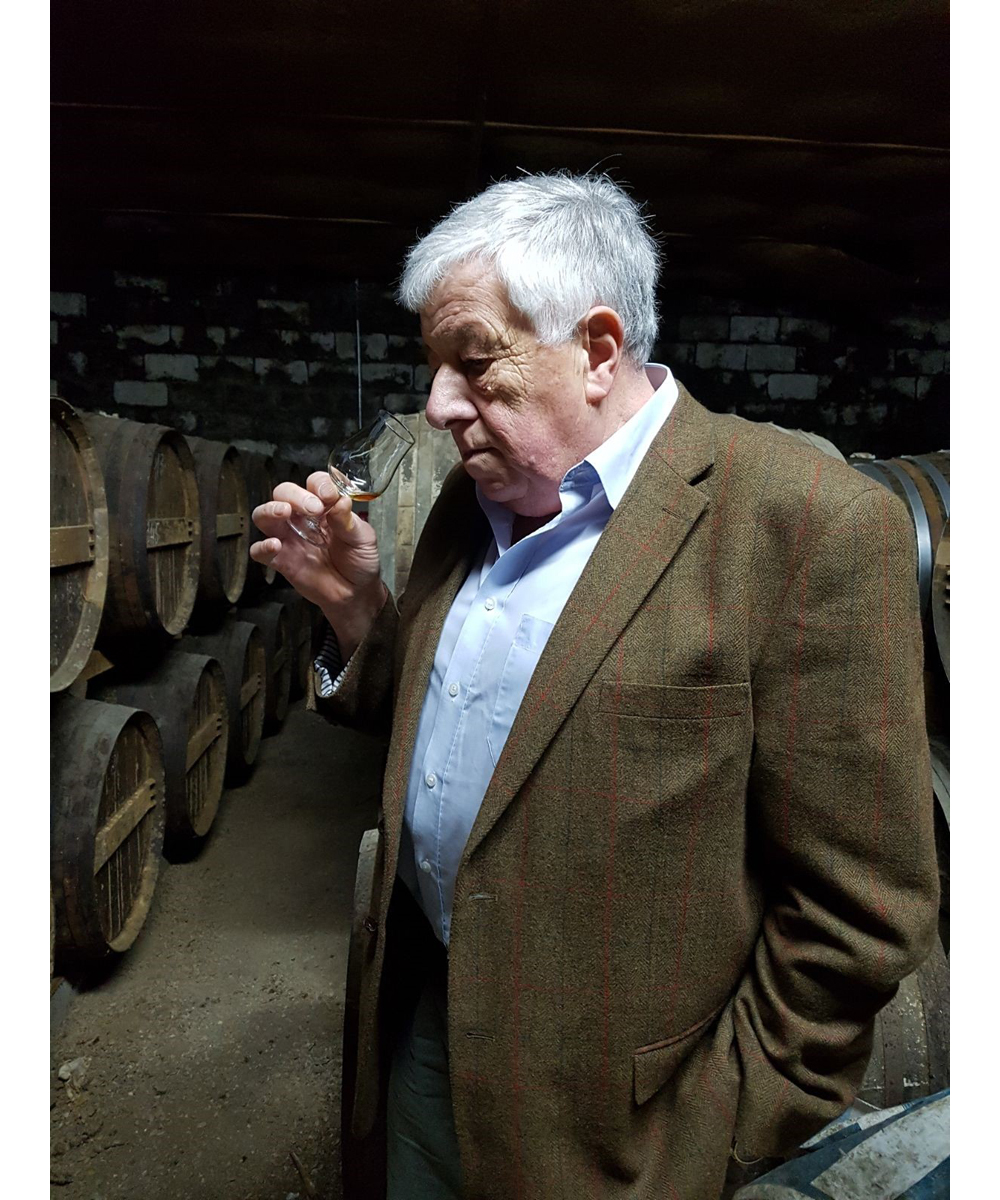 The American Chemical Society has identified a few compounds, not previously known, which contribute to an
The American Chemical Society has identified a few compounds, not previously known, which contribute to an  Six months ago, the US imposed hefty tariffs on the import of some European wines, whiskies and liqueurs following a long running dispute over EU import tariffs and subsidies. Last December, the US government considered imposing similar US tariffs on other EU wines and spirits, including
Six months ago, the US imposed hefty tariffs on the import of some European wines, whiskies and liqueurs following a long running dispute over EU import tariffs and subsidies. Last December, the US government considered imposing similar US tariffs on other EU wines and spirits, including 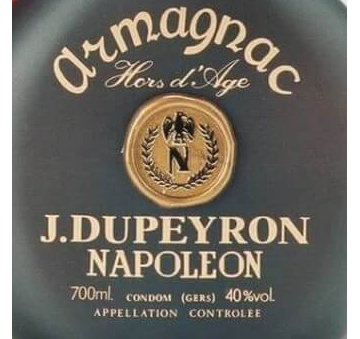 We are used to seeing the ownership of French brandy houses moving to the Far East but recently, US controlled brandies are coming to the fore. US drinks group Sazerac has released a cognac named after Bernard Sazerac de Forge who founded his cognac house in 1782. Called
We are used to seeing the ownership of French brandy houses moving to the Far East but recently, US controlled brandies are coming to the fore. US drinks group Sazerac has released a cognac named after Bernard Sazerac de Forge who founded his cognac house in 1782. Called 
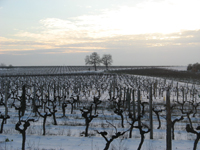 Over the years we have built many relationships with suppliers and friends in the Charente and particularly in Grande Champagne. Although it is some months since we have been able to travel to France, we still talk frequently to them by phone and they, like ourselves, are having to cope with the difficulties that the coronavirus has created this Spring. Cognac producers and bottlers are having to prove that they are producing to get paid as the French authorities are worried about the cost to the country. Talking to one organisation, their concern is the receipt of orders as much of their business comes from the Far East. However, they are delighted to have received their first orders from Taiwan and Japan. Delivering orders is another challenge as European distribution organisations are finding that crossing borders takes longer than usual. All the big houses are continuing to bottle and ship
Over the years we have built many relationships with suppliers and friends in the Charente and particularly in Grande Champagne. Although it is some months since we have been able to travel to France, we still talk frequently to them by phone and they, like ourselves, are having to cope with the difficulties that the coronavirus has created this Spring. Cognac producers and bottlers are having to prove that they are producing to get paid as the French authorities are worried about the cost to the country. Talking to one organisation, their concern is the receipt of orders as much of their business comes from the Far East. However, they are delighted to have received their first orders from Taiwan and Japan. Delivering orders is another challenge as European distribution organisations are finding that crossing borders takes longer than usual. All the big houses are continuing to bottle and ship  There cannot be a soul who has not been affected by the current coronavirus pandemic but the On Trade has been hit particularly hard. With pubs and restaurants closed worldwide their future is uncertain. A bitter blow, especially as the ONS recently reported that the number of pubs and bars operating in the UK rose last year for the first time in a decade. Here in the UK staff have been furloughed and emergency legislation has given all commercial properties a 3 month rent reprieve. In other attempts to keep the industry afloat, the WTSA called for the collection of alcohol duty to be suspended for 6 months and denounced the timing of the Scottish government’s move to introduce a bottle deposit return scheme. UK duty did not get suspended, but the government did add off-licences to the list of businesses deemed “essential” during the lockdown. One trader in Maryland is trying to keep service going by using its pet boxer dog to deliver orders to the public in the carpark. This follows the WHO advice that pets cannot carry the virus. We have certainly seen some ingenious ways to keep businesses running recently. We are all grateful to the many
There cannot be a soul who has not been affected by the current coronavirus pandemic but the On Trade has been hit particularly hard. With pubs and restaurants closed worldwide their future is uncertain. A bitter blow, especially as the ONS recently reported that the number of pubs and bars operating in the UK rose last year for the first time in a decade. Here in the UK staff have been furloughed and emergency legislation has given all commercial properties a 3 month rent reprieve. In other attempts to keep the industry afloat, the WTSA called for the collection of alcohol duty to be suspended for 6 months and denounced the timing of the Scottish government’s move to introduce a bottle deposit return scheme. UK duty did not get suspended, but the government did add off-licences to the list of businesses deemed “essential” during the lockdown. One trader in Maryland is trying to keep service going by using its pet boxer dog to deliver orders to the public in the carpark. This follows the WHO advice that pets cannot carry the virus. We have certainly seen some ingenious ways to keep businesses running recently. We are all grateful to the many 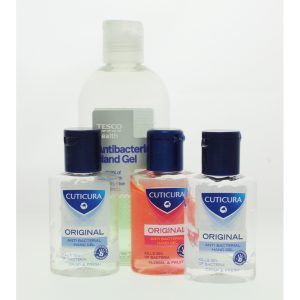 The basic ingredient is, of course, alcohol. For hand sanitisers to work against viruses, such as the Coronavirus, the alcohol content must be at least 60%. Ethanol alcohol (also called ethyl alcohol, grain alcohol, drinking alcohol, or simply alcohol), mixed with aloe vera gel are the basic ingredients but some hand gels also contain scented oils to make them more pleasant to use. Commercially, iso propyl alcohol (IPA), which is almost identical to ethanol alcohol, is used since it can be purchased at much higher strengths.
The basic ingredient is, of course, alcohol. For hand sanitisers to work against viruses, such as the Coronavirus, the alcohol content must be at least 60%. Ethanol alcohol (also called ethyl alcohol, grain alcohol, drinking alcohol, or simply alcohol), mixed with aloe vera gel are the basic ingredients but some hand gels also contain scented oils to make them more pleasant to use. Commercially, iso propyl alcohol (IPA), which is almost identical to ethanol alcohol, is used since it can be purchased at much higher strengths.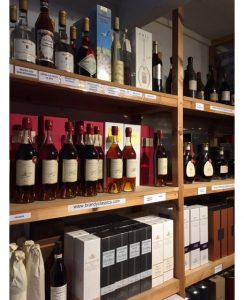 We are open for business as usual so you can send a special gift or birthday present to a loved one you cannot visit or treat yourself during this particularly difficult time at home. We have wonderful French
We are open for business as usual so you can send a special gift or birthday present to a loved one you cannot visit or treat yourself during this particularly difficult time at home. We have wonderful French